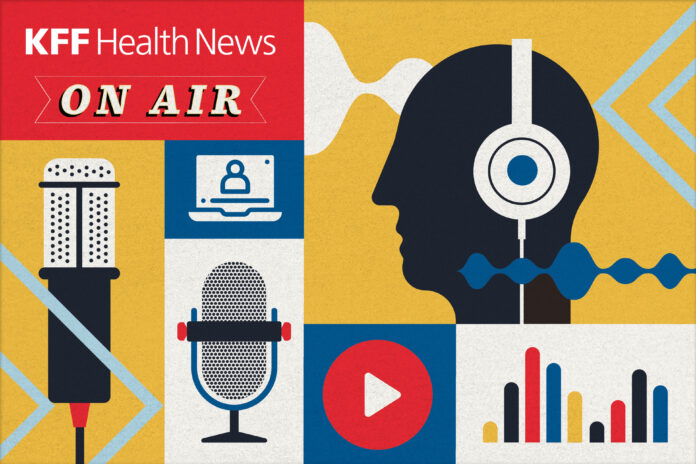The three most common reasons schools called emergency medical services (EMS) were for neurological crises such as seizures, psychiatric conditions or substance abuse, and trauma-related injuries, according to data from the national EMS registry analyzed by researchers from Ann & Robert H. Lurie Children’s Hospital of Chicago.
During the study period (2018-2022), school-based medical emergencies constituted 11% of EMS encounters for children and two-thirds resulted in transport to the hospital. Findings, published in Pediatrics, can help schools prioritize training so staff can respond even before EMS arrival.
“While many schools have taken steps to ensure they are prepared for medical emergencies, many can still enhance their preparedness,” said lead author Michael Harries, MD, MAT, MA, Pediatric Emergency Medicine Fellow at Lurie Children’s.
“Our study results highlight specific target areas for training of school staff, given that timeliness of treatment in an emergency is essential. We also stress that certain emergency medications should be available in the school setting, including benzodiazepine for seizures, epinephrine for food allergies and albuterol for asthma.”
The authors point out that national advocacy efforts around passing Seizure Safe Schools legislation are ongoing and effective. Nineteen states passed relevant legislation as of 2022. The model bill recommended by the Epilepsy Foundation seeks to ensure not only that staff are trained, but that seizure medication is available and first-aid responders are legally protected.
The American Academy of Pediatrics policy statement on medical emergencies in schools, issued in 2022, specifies the available training programs for school staff, and the medications and equipment that schools should have on hand to respond quickly to potentially life-threatening emergencies.
The study found that physical trauma occurred more frequently in elementary school-age students (17%), while psychiatric conditions and substance abuse were more common among adolescents (18%).
“Given the ongoing mental health crisis in youth, we were not surprised to find that psychiatric conditions and substance abuse were among the most common emergencies in schools,” said senior author Sriram Ramgopal, MD, Emergency Medicine physician at Lurie Children’s and Assistant Professor of Pediatrics at Northwestern University Feinberg School of Medicine.
“Our findings underscore the need for schools to proactively address the mental health needs of students, especially teenagers. This may include establishing relationships with local mental health care facilities and improved training for staff on how best to respond to a psychiatric crisis. Overall, we need consistent policies across the country to ensure that all schools are prepared for common medical emergencies.”
More information:
Pediatrics (2025).
Ann & Robert H. Lurie Children’s Hospital of Chicago
Citation:
Study reveals most common medical emergencies in schools (2025, July 1)
retrieved 1 July 2025
from https://medicalxpress.com/news/2025-06-reveals-common-medical-emergencies-schools.html
This document is subject to copyright. Apart from any fair dealing for the purpose of private study or research, no
part may be reproduced without the written permission. The content is provided for information purposes only.


